Microsurgery and Burns are two complex medical specialties that require meticulousness and the ability to withstand high pressure, with surgeries lasting hours. Perhaps that is why these fields are rarely chosen by women.
But at a final-level hospital in the Southern region, there is a female doctor who has chosen to pursue both fields for many years, to bring many unfortunate cases, those who have suffered severe injuries or severe bodily injuries back to a healthy life. That is specialist doctor 1 Nguyen Thi Ngoc Nga (born in 1982, from Lam Dong ), Deputy Head of the Burn - Orthopedic Department, Children's Hospital 2 (HCMC).
After many missed appointments, Dan Tri reporter had a conversation with Dr. Ngoc Nga when she just finished her shift, to understand more about the joys and sorrows on the path she has embarked on.

Thank you, Dr. Ngoc Nga, for having just finished a long shift, you still agreed to this meeting. When you chose to enter the medical profession, did you ever imagine that you would have to “eat and sleep in the hospital” like this?
– I have two older brothers who are both doctors, so it would be correct to say that my family has a tradition of pursuing a career in medicine. But the turning point for me to choose this field was when I was in 6th grade. At that time, my healthy mother suddenly had a high blood pressure attack and then died of a stroke. That first pain in my life sparked the idea of becoming a doctor, to take care of my health and that of myself.
I tried to study hard to pass the entrance exam to Ho Chi Minh City University of Medicine and Pharmacy in 2003, and graduated in 2009. From the experience shared by my brothers, from the beginning, I knew that working in the medical field, you always have to be ready for shifts, because illness does not choose office hours to strike.

From the beginning, Dr. Ngoc Nga chose the field of Plastic Surgery and Burns?
– No. Initially, after graduating, I planned to major in General Pediatrics, then switched to Orthopedics, because my seniors were pursuing this field. Then, I realized that the field of Microsurgery in 2010 was still quite new, and there was not much shortage of personnel.
At that time, most patients who had severed their beaks in accidents had to have their beaks amputated, which severely affected their lives. Therefore, I decided to try my hand at this field, and after submitting my application, I was accepted into Children's Hospital 2.
The opportunity for me to get in touch with the Burn specialty also came from here, because at Children's Hospital 2, children with burns were placed in the same department as children with limb trauma. Many times I came into contact with and witnessed children suffering from severe complications after a fire, affecting their lives for life.
And burns in children are not the same as burns in adults, they involve both internal medicine and surgery. I had to learn to prescribe the right internal medicine, and also supplement my knowledge about resuscitation, infection treatment, etc.
By 2018-2019, the number of pediatric patients with burn accidents at Children's Hospital 2 was gradually increasing, my colleagues and I had to receive and treat an equal number of patients in both the Burn and Microsurgery - Plastic Surgery fields.

Working in parallel in both surgical specialties for many years, the doctor must have participated in hundreds of surgeries?
– I perform surgery almost every day, from emergency surgery to elective surgery. For burn cases, it takes an average of 2-3 hours for a skin graft. For children with severed limbs, microsurgery is required, with each limb having to be adjusted bit by bit under a microscope, so the time is often longer.
There was a case where the operation took up to 14 hours because the patient had lost all 5 fingers. Our team had to operate from dusk until 9am the next day.
I still remember a case from 5 years ago. At that time, the hospital received a 15-year-old boy who suffered from electric burns after falling from the roof. We examined him and determined that the patient had burns on 70% of his body, and had multiple injuries, and had to stay in the emergency room for 2 months.
When transferred to the Burn and Orthopedics Department, he was severely exhausted, from 71kg at first he was only 31kg. We had to perform multiple skin grafts and debridements on the patient, as well as additional interventions in nutrition, internal medicine, and infection control.
After 6 months of intense effort, the patient was miraculously saved and is now walking normally. The last time the patient contacted me was during the pandemic, asking if he could get the Covid-19 vaccine.
As the doctor shared, illness does not choose office hours to strike. Do you often perform night surgeries?
– I am used to racing against time, so being suddenly hospitalized at night when there is an emergency is a daily occurrence, and most of the time it is children with severe injuries.

Late at night in 2014, I received a report that a 10-year-old boy in Dong Nai had his arm pierced by a television that had fallen from a height. When he was admitted to the hospital, his right arm was purple, cold, and had no pulse, and was at high risk of amputation.
At that time, I was on duty and in Nha Be district (HCMC), had to rush 13km from home to the hospital. When I arrived, I saw the child's arm had a bruised wound, completely severed the nerve bundle of the arm.
The treatment team at that time consisted of only 3 people, including the emergency doctor, the anesthetist and me. We urgently sutured the child's arteries and neurovascular bundles.
The surgery lasted 6 hours, after which the child was able to keep his arm and regain function. This was also the first orthopedic microsurgery performed at Children's Hospital 2.
Another time, I had an evening meeting with colleagues on Vietnamese Doctors' Day (February 27) when I received a sudden call for support from the department's on-call team about a case of a child patient with a very serious injury.
That same morning, while riding a bicycle, the 13-year-old boy slipped and fell hard onto the road. The patient was taken to the provincial hospital for orthopedic treatment but no pulse could be found and his feet were cold.
When transferred to Children's Hospital 2 at night, the baby was diagnosed with a fracture in the right leg, necrosis and severe muscle damage. If surgery is not performed soon, allowing the blood clot to completely block the blood vessels, the baby is at risk of losing his leg.

I reported the situation to my colleague and rushed back to the hospital to prepare for the surgery. At around 9pm, the surgery began.
The patient had damaged important blood vessels and arrived late to the hospital, so the surgery was quite stressful. The surgical team of three of us spent 6 hours to straighten the bones and perform microsurgery on many blood vessels for the child. The surgery was completed at 3am on February 28, leaving everyone exhausted. In return, the child's leg was successfully saved.
But luck doesn’t always come. Just over a year ago, the Burn and Orthopedics Department received a case of 90% burns due to a house fire. At 8pm on the 5th day of Lunar New Year, my colleagues and I had to perform burn decompression on the patient in the intensive care bed for 3 hours.
Despite doing everything, the medical team was helpless as the patient died. That case devastated me for a while.
Listening to you share, I see the fragility between success and failure, between life and death. Is that the biggest difficulty on the path you are taking?
– The obvious difficulty in my field is that the patients are mainly in severe cases, requiring long-term care, with a high mortality rate. Moreover, they are often in difficult circumstances and cannot afford to pay their own hospital bills. Many burn and plastic surgeons have turned to other directions because of constant professional pressure and psychological burden.
Me too, there were times when I wanted to give up, because I lost confidence in both my patients and myself, not knowing if this path was right or wrong, whether I should continue or not... Sometimes, I asked myself: Why do jobs like skin grafting, burn bathing, helplessly watching patients die keep repeating...

However, after those sad moments, I was comforted and corrected by my seniors, who advised me to use the spectacular “resurrections” of patients as motivation to get back on track. I told myself that I had to find a way to turn things around, to find hope, to save as many people as possible.
In particular, I also received great care and support from the hospital's Board of Directors. Every time I successfully performed a difficult case, I was given a bonus, showing the hospital's appreciation for the work I was doing.
And I am not alone, because behind me there are always internal medicine doctors, intensive care doctors supporting, seniors ready to "back me up".

So, the patient's life is the motivation for you not to give up?
– I remember one time, the surgery lasted from afternoon to evening. In the middle of the night, the nurse dragged me out of the surgery, shoving a box of milk into my hand to regain strength. But at that time, I really didn’t care about eating and drinking, because if I was just a little careless, the child would lose a limb completely…
I have seen my patients near death but the supporting doctors refused to let go. And I know there are surgeries that cannot be done alone.
So even if we are not on duty, my colleagues and I will go to the hospital to support each other, regardless of whether it is morning or night. Because if we do not act immediately, the patient may suffer from anemia, muscle necrosis, multiple organ failure leading to death... At that time, it will be too late to regret.

But being so absorbed in their profession, illnesses and surgeries, do doctors feel sad when their personal lives are affected?
– To be honest, sometimes I forget about my personal life to devote myself to work, or as people often say, “trade my youth”.
When I first started working, some friends asked me why I didn’t choose Dentistry or Internal Medicine “for the leisure” but instead chose such a difficult field. I told them to try it first and then figure it out. But after a while, I found my passion and couldn’t give it up…
In the past, my two doctor brothers knew that I chose to pursue Pediatric Surgery, and Microsurgery also advised me to consider it, because it would be hard for a girl to work in this field. Despite the advice, none of my brothers and family objected, they just wanted me to stay healthy.
Maybe because we are in the same industry, we understand each other's work, and in reality, everyone is busy taking care of their patients, so where is the time to follow each other closely?
Do you have any message for your colleagues?
– If you are afraid of hardship, I say don’t pursue it, because this field is very hard, with many responsibilities and burdens. If you are not passionate, it will be difficult to survive. Both Burns and Microsurgery – Plastic Surgery are very specialized and “poor” fields, you have to learn as you go. You have to be passionate to succeed, and I believe that success comes to both patients and medical staff.

I hope our training system will have a clearer orientation in training specialized fields in the medical industry, helping students have a comprehensive view and choose to pursue from the beginning, to have additional human resources. Because currently, the force inheriting the specialty of Burns and Microplastic Surgery in Vietnam is not much.
And I hope the treatment for this industry will get better and better, so that doctors can wholeheartedly focus on developing their expertise.
Thank you for your meaningful sharing, doctor!
Content and photos: Hoang Le
Design: Tuan Huy
Dantri.com.vn
Source: https://dantri.com.vn/suc-khoe/nu-bac-si-danh-doi-thanh-xuan-de-noi-lien-cuoc-doi-nhung-tre-em-bat-hanh-20241019163610700.htm



![[Photo] Impressive image of 31 planes taking flight in the sky of Hanoi during their first joint training](https://vstatic.vietnam.vn/vietnam/resource/IMAGE/2025/8/24/2f52b7105aa4469e9bdad9c60008c2a0)
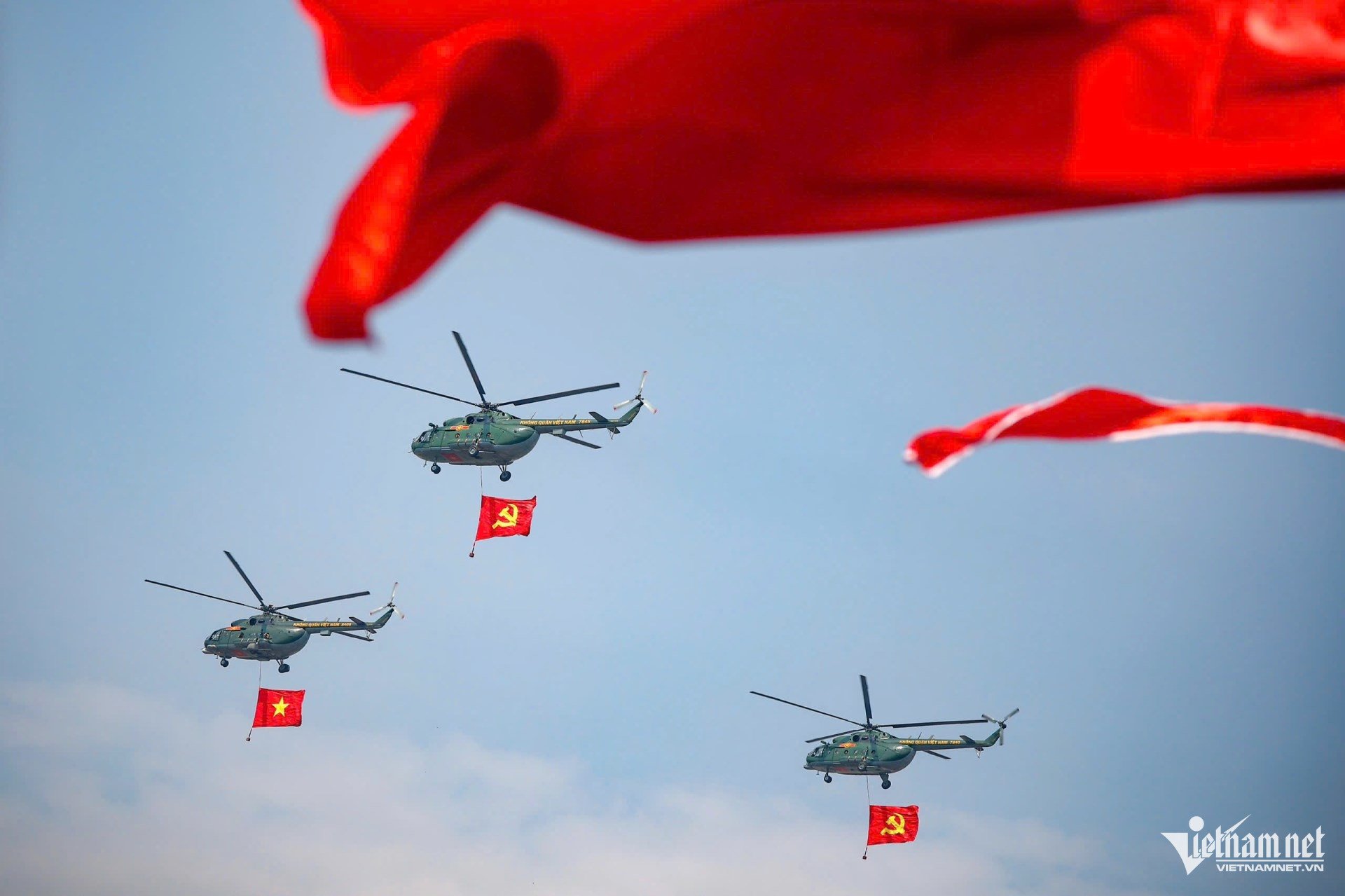
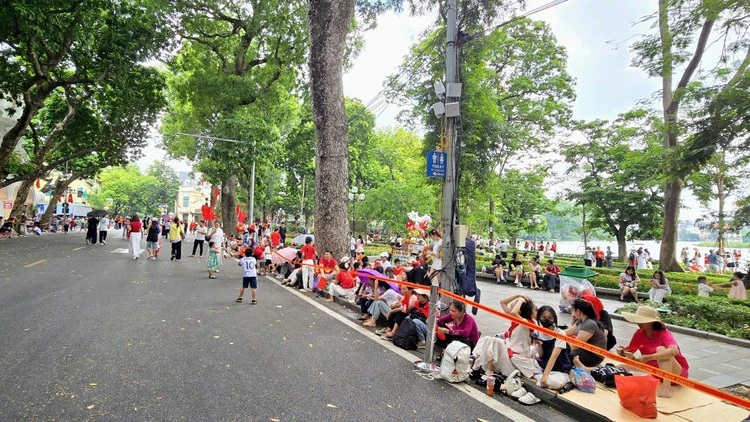

![[Photo] Party and State leaders meet with representatives of all walks of life](https://vstatic.vietnam.vn/vietnam/resource/IMAGE/2025/8/24/66adc175d6ec402d90093f0a6764225b)
![[Photo] The ceremonial artillery is ready to "fire" for the second parade rehearsal at My Dinh National Stadium.](https://vstatic.vietnam.vn/vietnam/resource/IMAGE/2025/8/24/883ec3bbdf6d4fba83aee5c950955c7c)



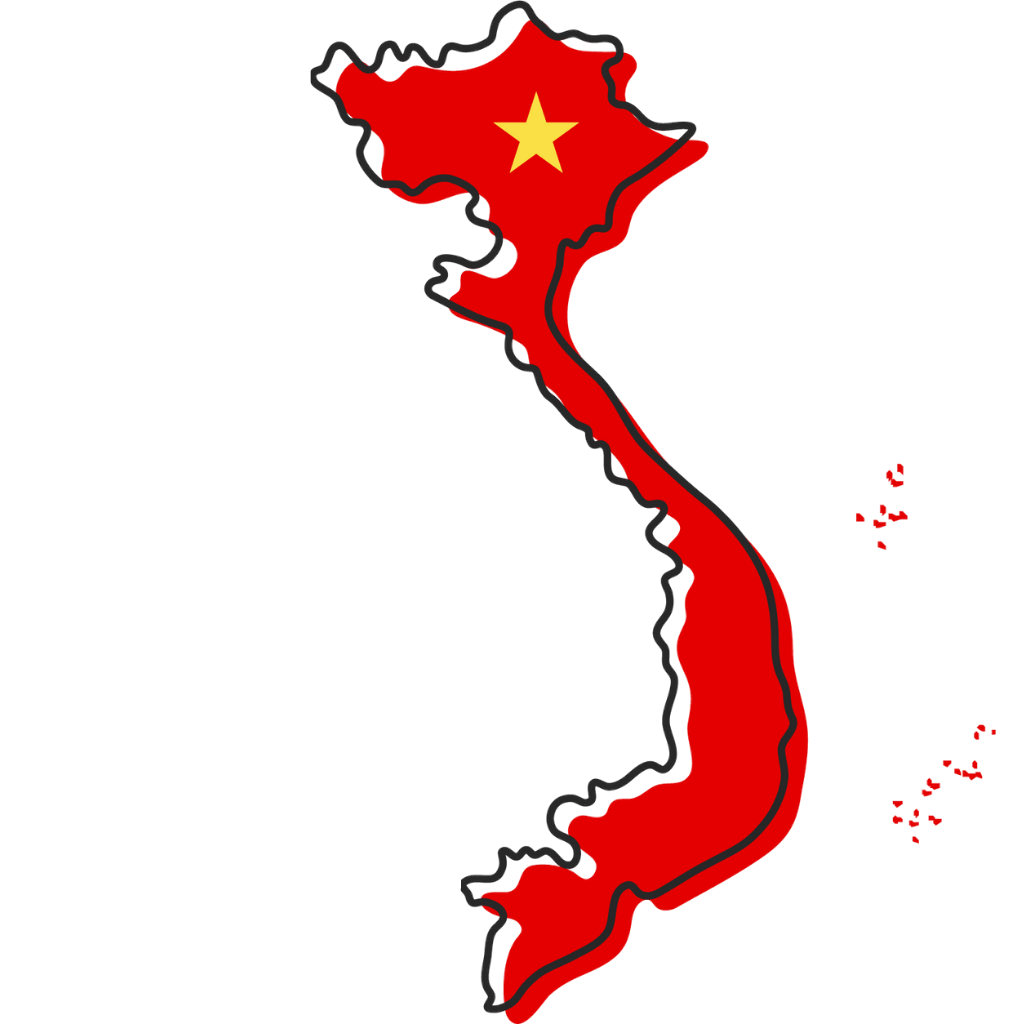


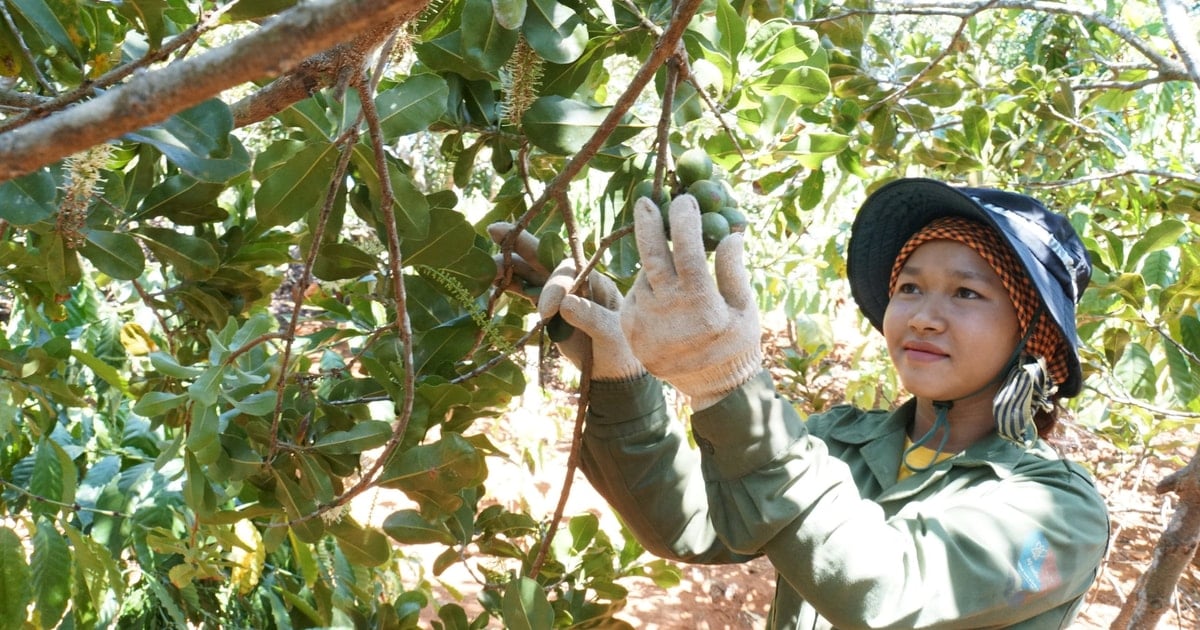

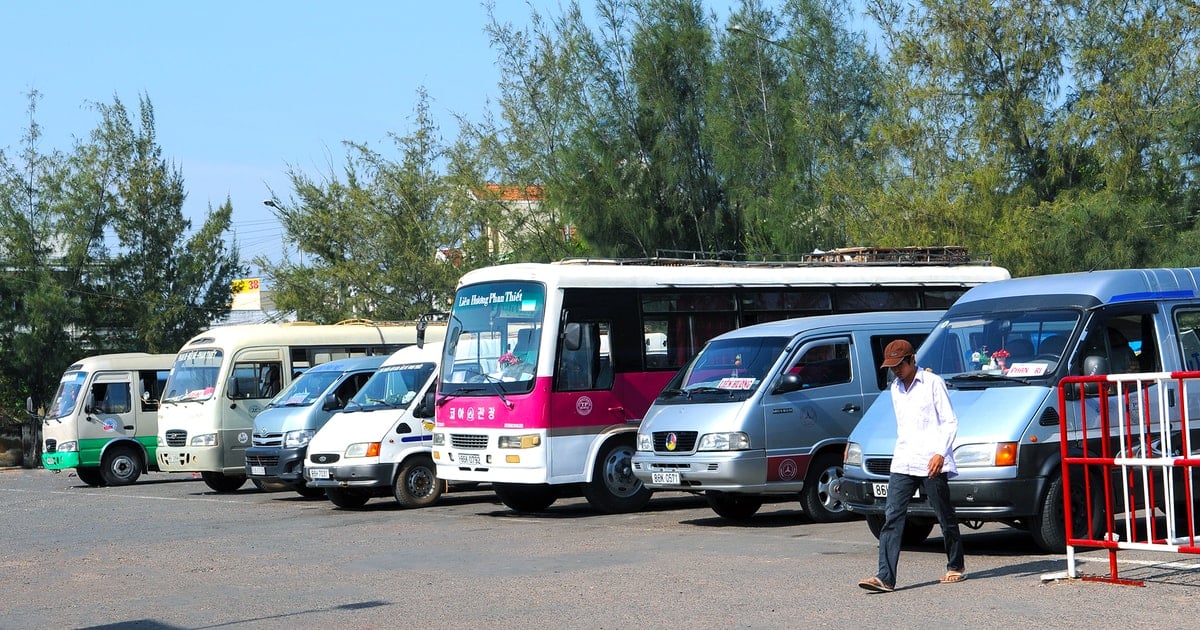


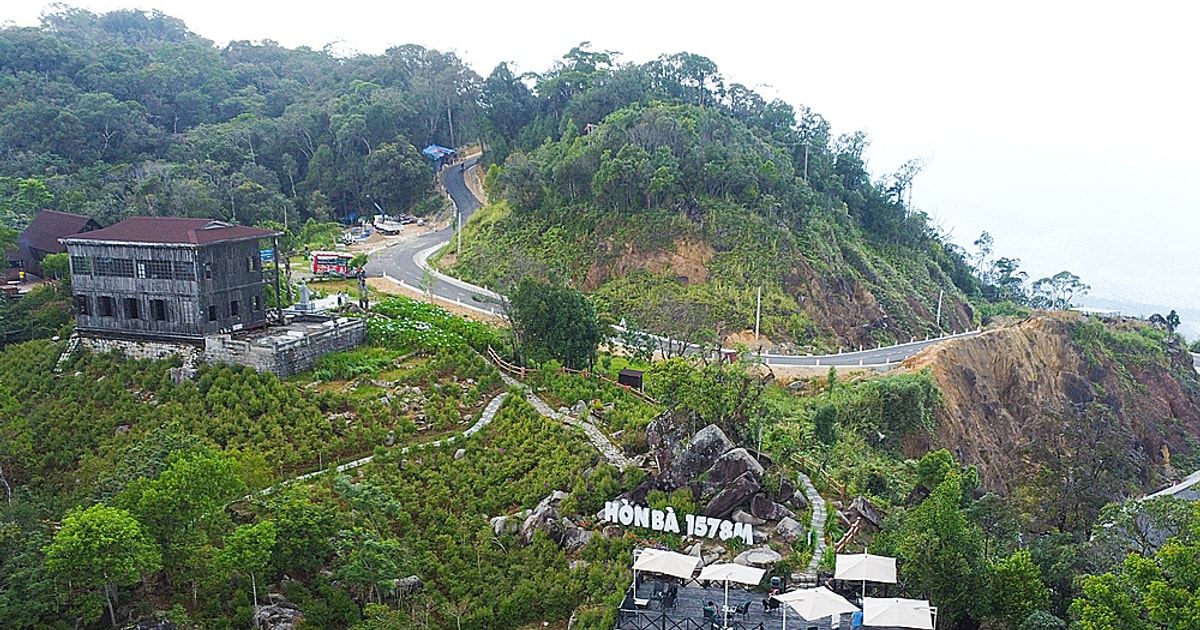


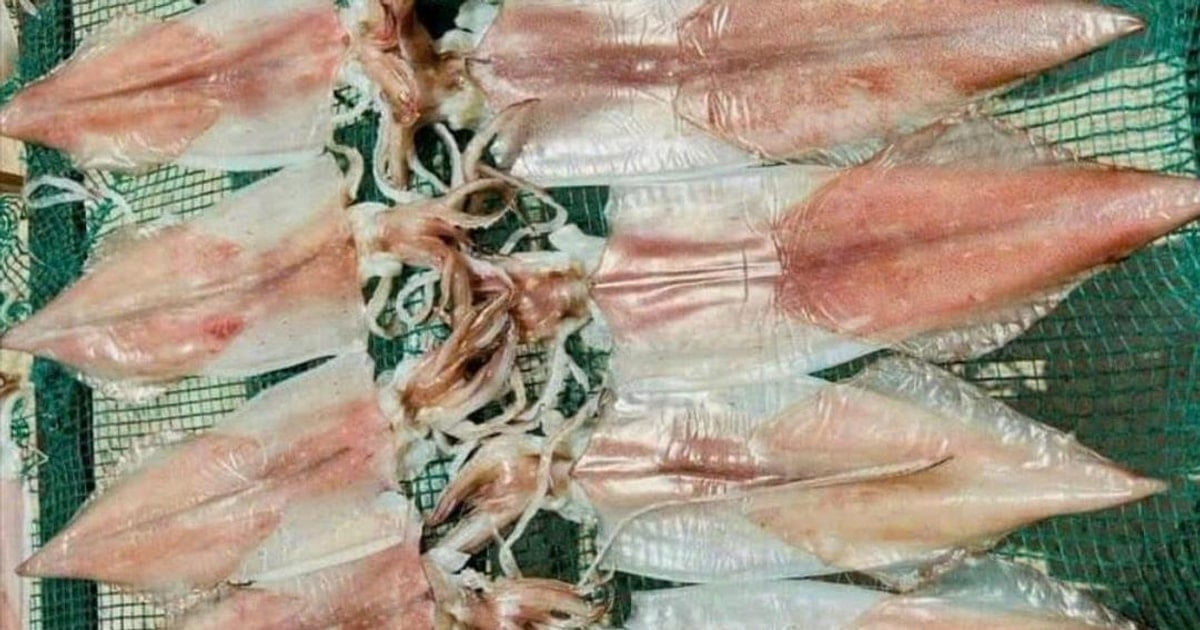






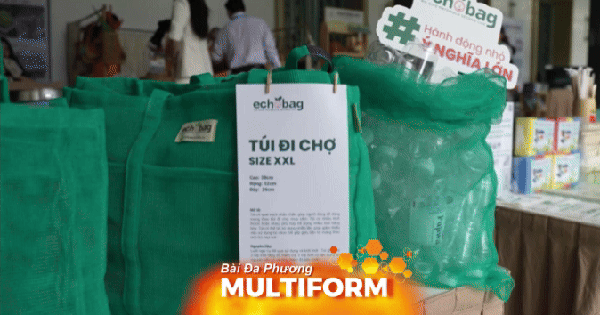
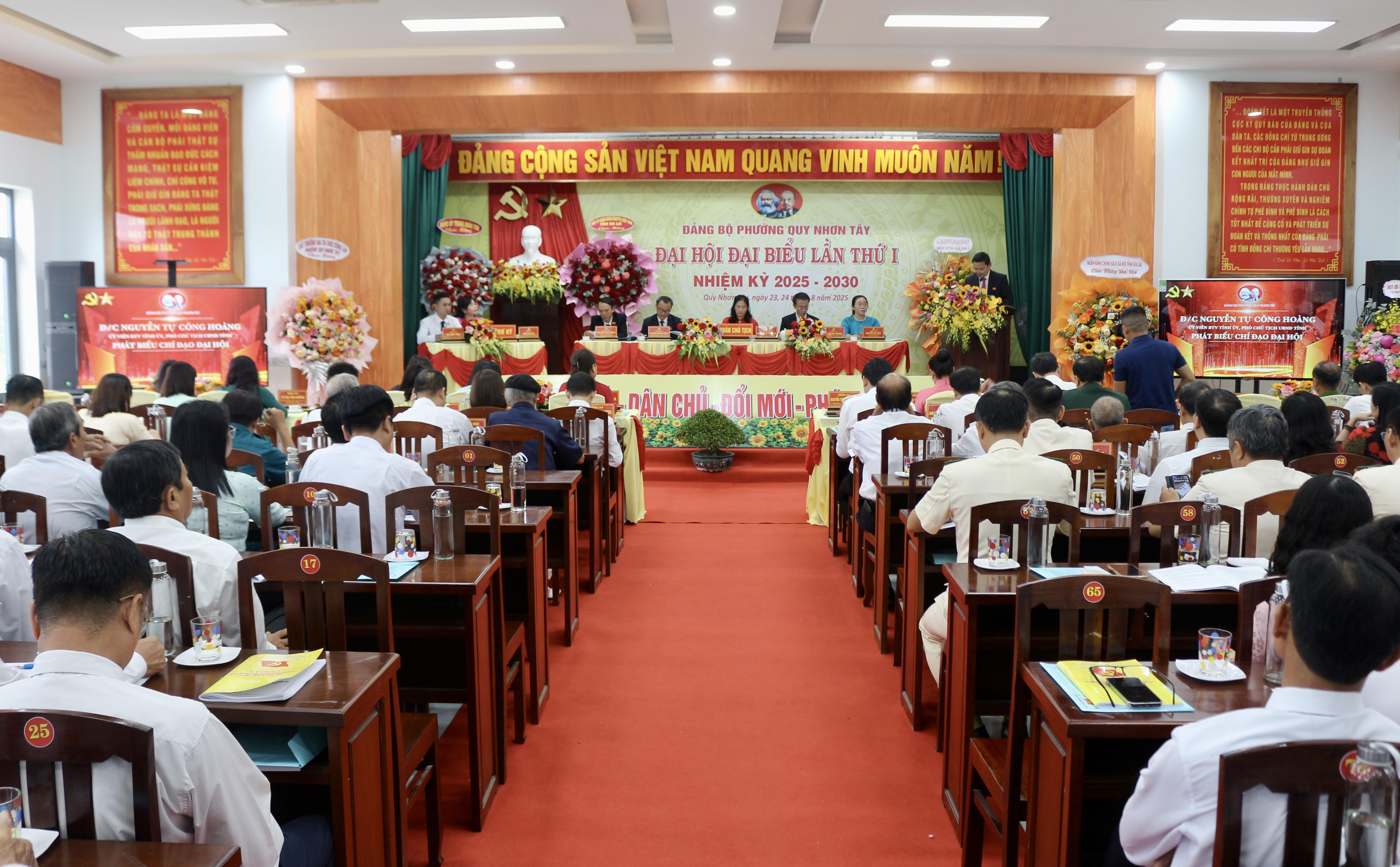


































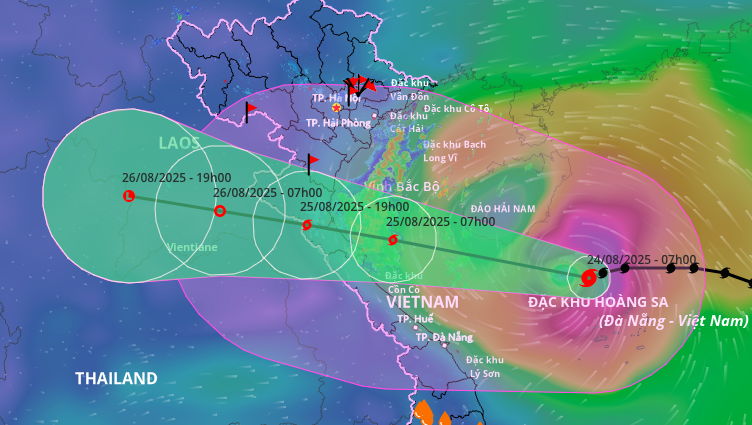















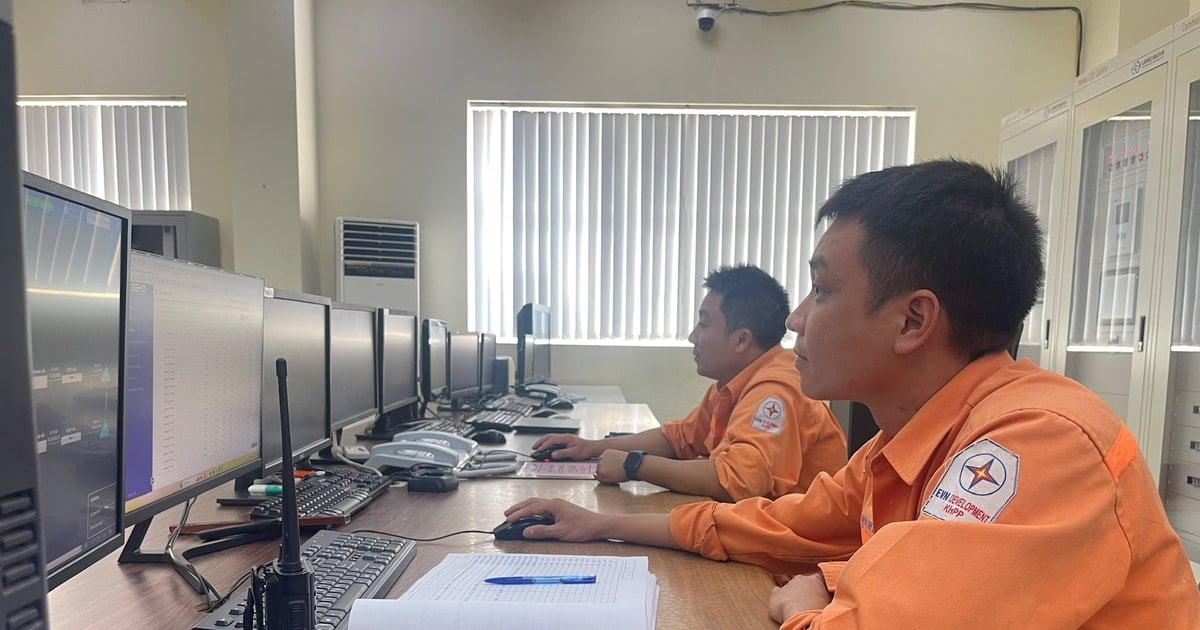

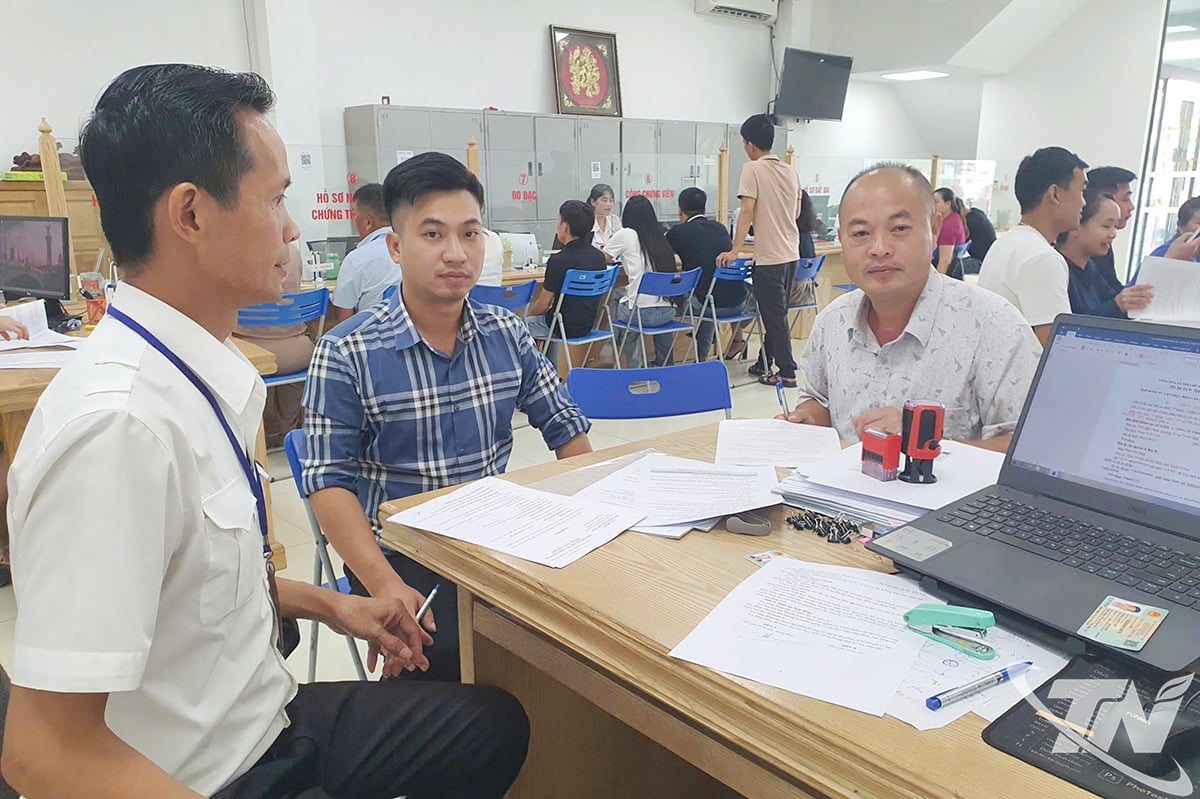


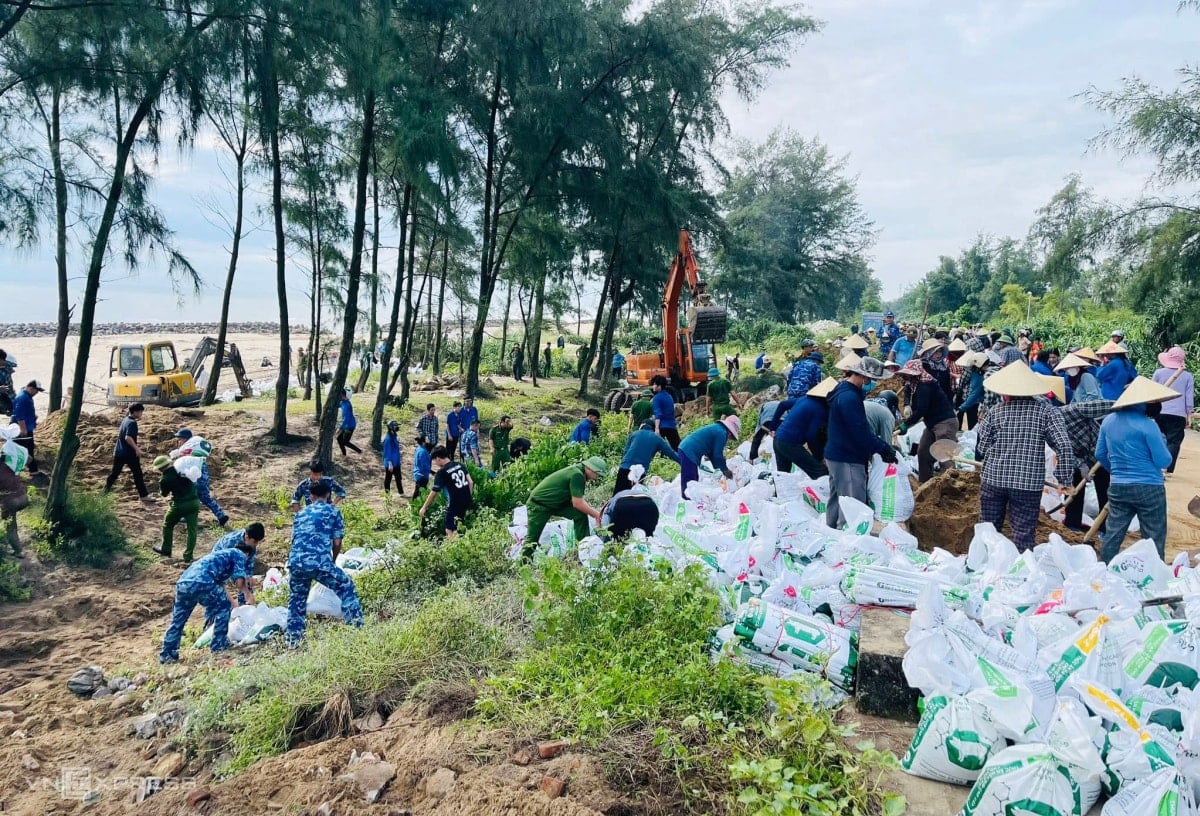

















Comment (0)